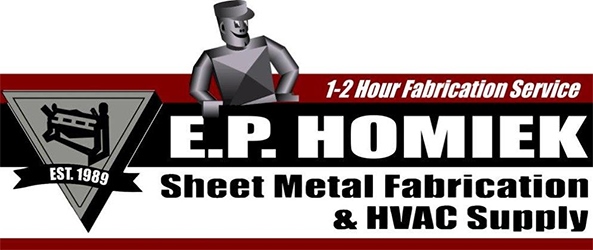Duct Leakage Testing
- Posted on February 8, 2016
- by admin
- in Blog_Posts
- Comments Off on Duct Leakage Testing
Beginning in January 2013, the New Jersey Residential Energy Code (2009 IECC) came into full effect. One of the requirements is that all new homes must undergo and pass a duct leakage test by a third party inspection company (unless all ductwork is located entirely within the home’s conditioned space) in order to receive a Certificate of Occupancy.
When is the best time to perform duct leakage testing?
Contractors have the option of choosing to have the test performed at either the rough, pre-drywall stage or at the completion stage. While duct leakage thresholds can be more difficult to achieve when testing is performed during the rough stage, issues are much easier to correct than when they are discovered at the final stage of construction, after drywall has been installed and ductwork is largely inaccessible.
Best techniques
There are a number of ways to prepare for a duct leakage test that can help ensure a successful outcome. First, it is best to perform the test after the furnace has been installed. Testing done prior to furnace installation is more expensive and time-consuming, and a stricter leakage threshold (4 CFM/100 sq. ft. versus 6 CFM/100 sq. ft.) must be met. Ensure that furnace front panels are installed, and seams, gaps and holes in the furnace are properly sealed. Filter covers must be installed and made airtight. Registers and other ductwork terminations must be sealed airtight with tape or other means or the system will fail the test. All boots and covers must be sealed both above and below the subfloor. It is recommended that testing be performed before insulation is installed. Avoid panned joist returns, which are notoriously leaky and a poor practice in general. Duct leakage testing of systems with panned joist returns is not permitted during the rough stage and may only be performed at the final stage of construction, at which time leaks are likely to be found and repairs will be difficult to access.
If you enjoyed this article please consider sharing it!




